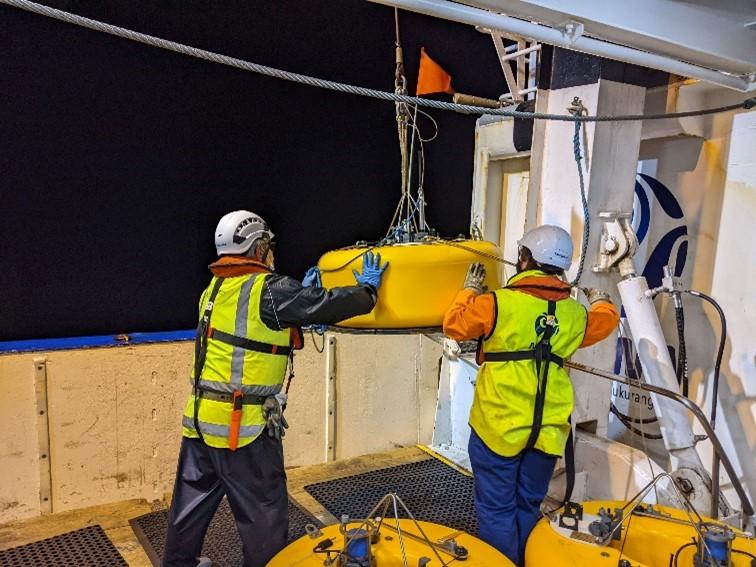Pascal Audet is a Full Professor in the Department of Earth and Environmental Sciences and holds the University Research Chair in Solid Earth Geophysics, a discipline that uses physical tools such as magnetic fields, seismic waves and gravity to understand the Earth’s interior. His research focuses on seismology, with his team at the uOttawa Geophysics Laboratory employing seismic imaging methods to study subduction zones, areas where one tectonic plate is forced under another.
Subduction zones are essential to Earth’s geological processes, facilitating the recycling of the Earth’s crust and contributing to the formation of mountain ranges. These mountains, in turn, can affect weather systems and ecosystems by influencing atmospheric patterns and precipitation.
However, subduction zones can also be hazardous. Tectonic plates often become stuck due to friction, causing stress to build up. When this stress is suddenly released, a rapid “slip” occurs along the plate interface, triggering powerful earthquakes that can lead to tsunamis and landslides, some of the most dangerous natural disasters.
Most subduction zones are found in the Circum-Pacific Belt, or “Pacific Ring of Fire,” which stretches from the western coast of the Americas across the Pacific Ocean to Asia and Oceania. While countries like Japan and Chile, which lie within these zones, are well prepared for earthquakes, others like Canada and New Zealand haven’t experienced major quakes and are thus unprepared in comparison. “We want to bring attention to these regions by studying the probability of significant earthquakes happening in the near future,” says Professor Audet, emphasizing the need to mitigate damage and prepare for hazards.
Professor Audet partnered with Professor Martha Savage from Victoria University of Wellington and Drs. Emily Warren-Smith and Katie Jacobs from GNS Science, New Zealand's geological research organization. Along with Professor Mladen Nedimović from Dalhousie University, the team developed the Earthquakes and Locking InVEstigation of Subduction (ELVES) project.
The project focuses on the Hikurangi subduction zone, offshore from New Zealand’s North Island near Wellington. Here, the tectonic plates are “locked,” building up stress, which poses a major seismic hazard. To monitor and analyze this stress, the research team deployed 20 highly sensitive ocean-bottom seismometers from the National Facility for Seismological Investigations (NSFI) in November 2023 aboard New Zealand’s research vessel Tangaroa.
These sophisticated devices are designed to detect subtle ground vibrations from the ocean floor. They remained in place for an entire year, collecting vital data until their retrieval in January 2025. After recharging, such devices are ready for future deployment.

The prolonged inactivity of this subduction zone raises concerns about undetected seismic activity, but analyzing the data will clarify whether small, undetected earthquakes are occurring or if stress is silently accumulating.
Professor Audet’s PhD students, Taylor Tracey Kyryliuk and Quan Zhang, have played a crucial role in the research, assisting with equipment preparation and mobilization on the deployment cruise. They’ll also contribute significantly to data retrieval and analysis, aiming to publish a chapter of their thesis based on this dataset.
Professor Audet also studies the Cascadia subduction zone on Canada’s west coast, which exhibits similar seismic behaviour to that of Hikurangi. Insights from New Zealand could thus be applied to densely populated areas like Vancouver and Seattle. Additionally, the collected data will aid in creating a detailed three-dimensional model of the regions’ subsurface geology and in examining non-seismic phenomena, including submarine landslides, whale calls and ocean storms.
A fun fact about the name ELVES: It’s a playful nod to the Lord of the Rings-themed acronyms used in previous New Zealand projects, like HOBITSS and the SHIRE, keeping the tradition alive with a creative reference.
Read more:
